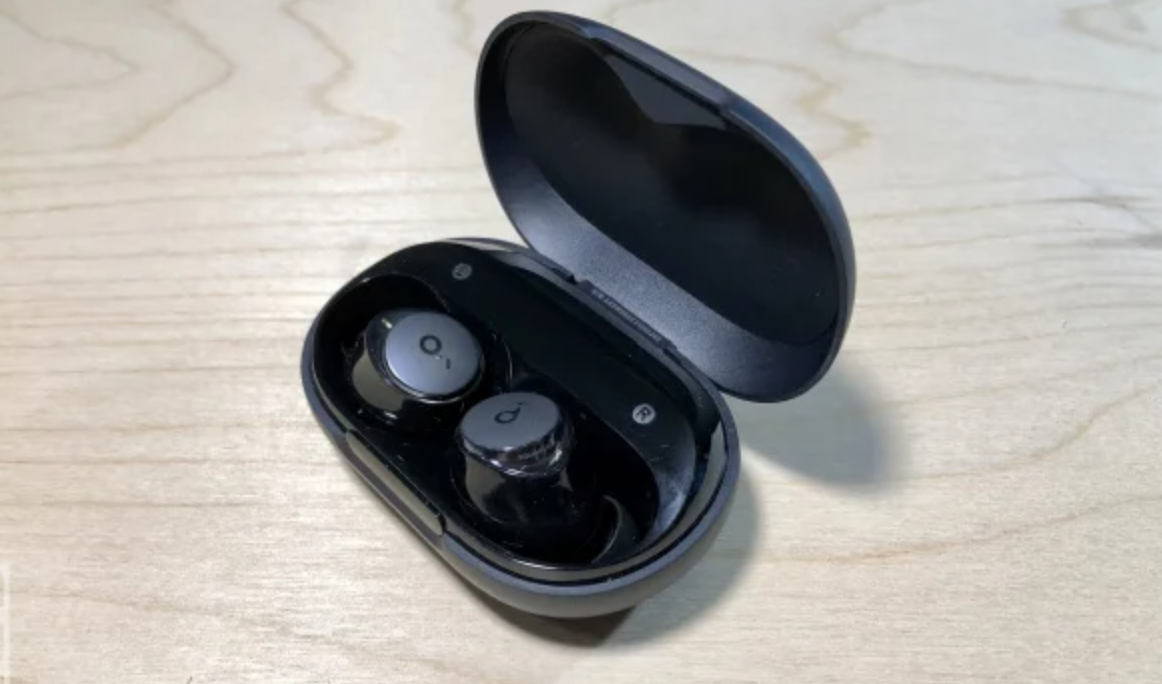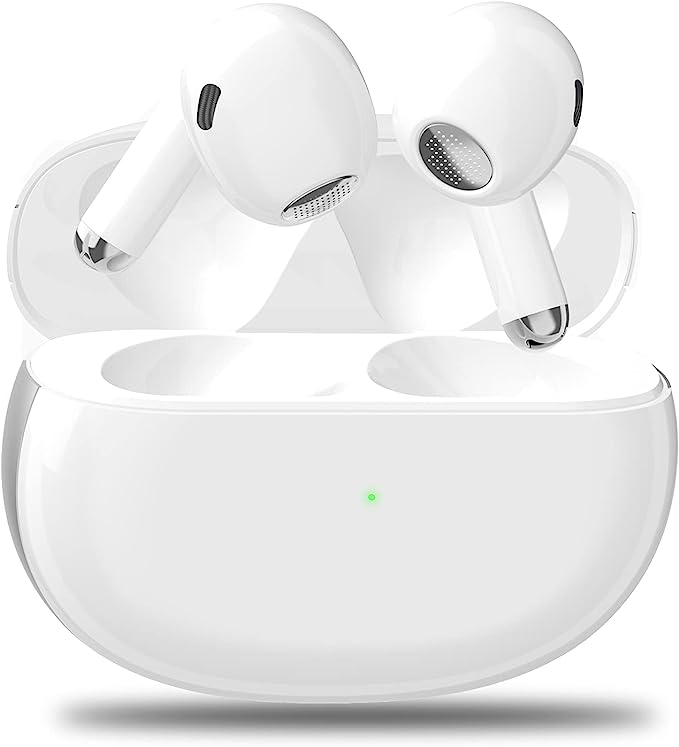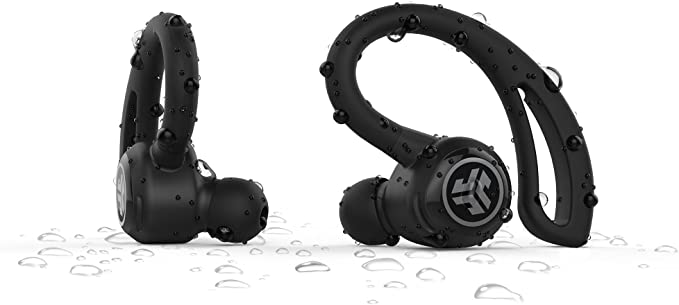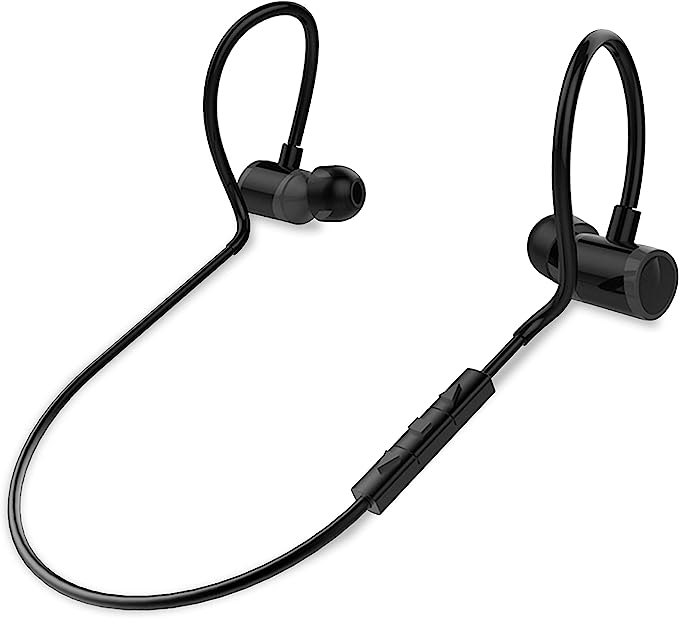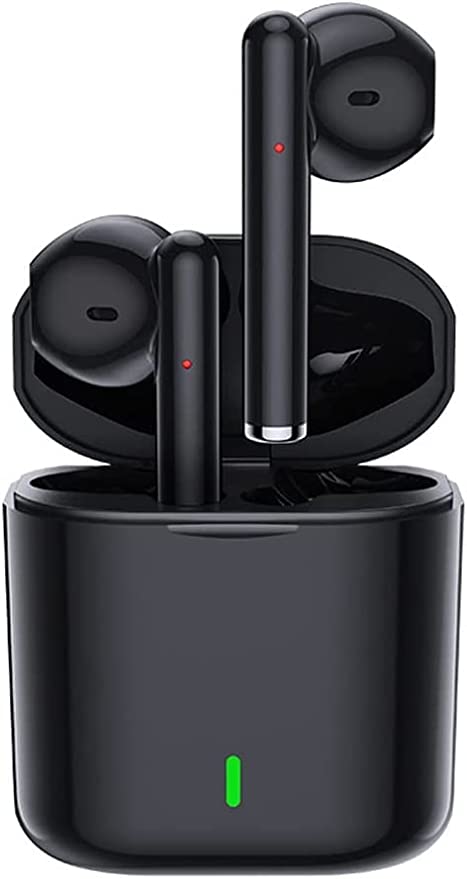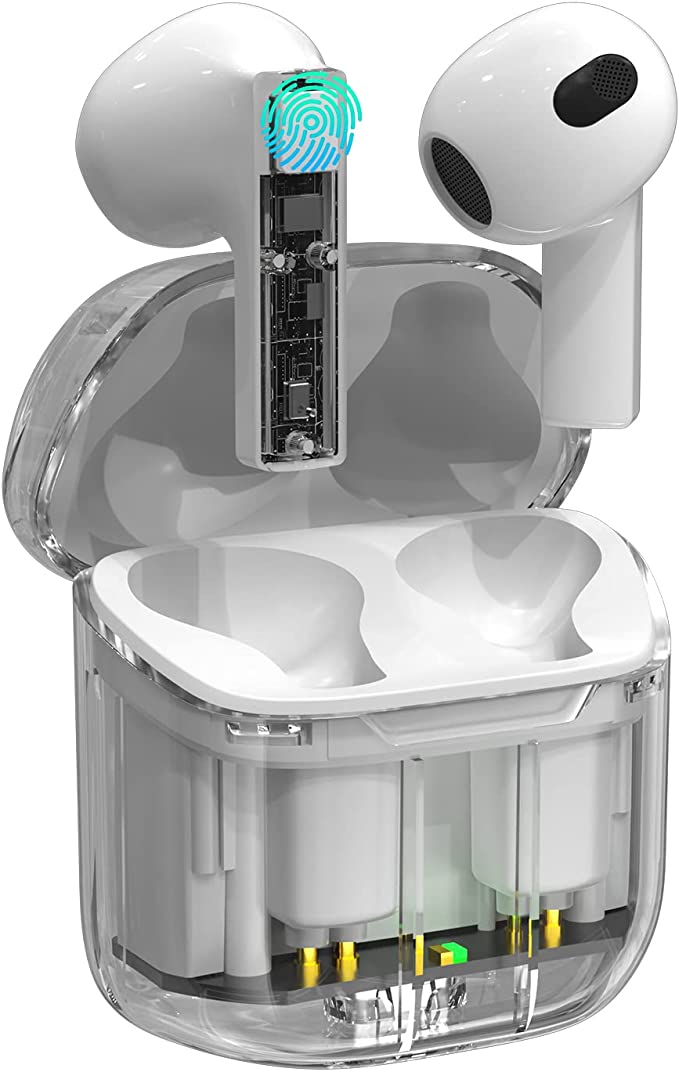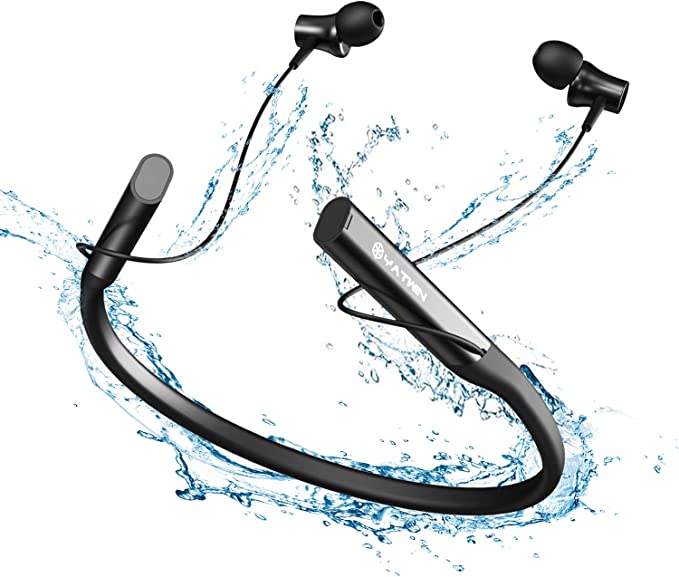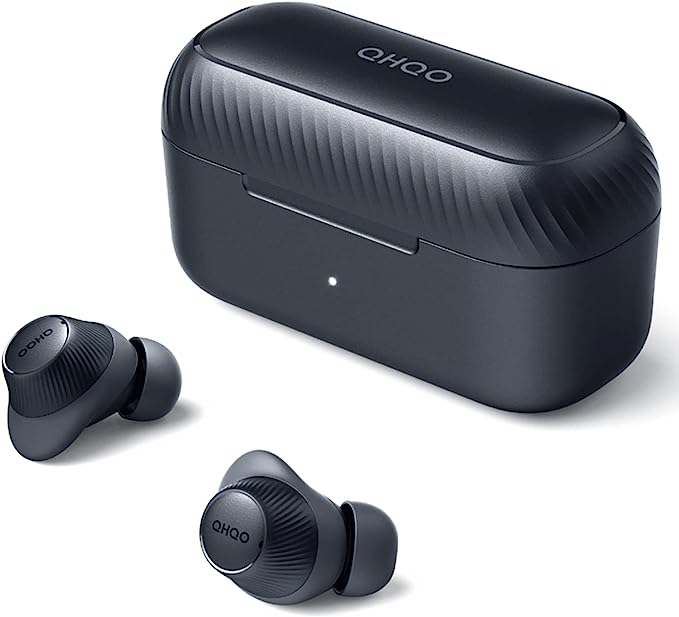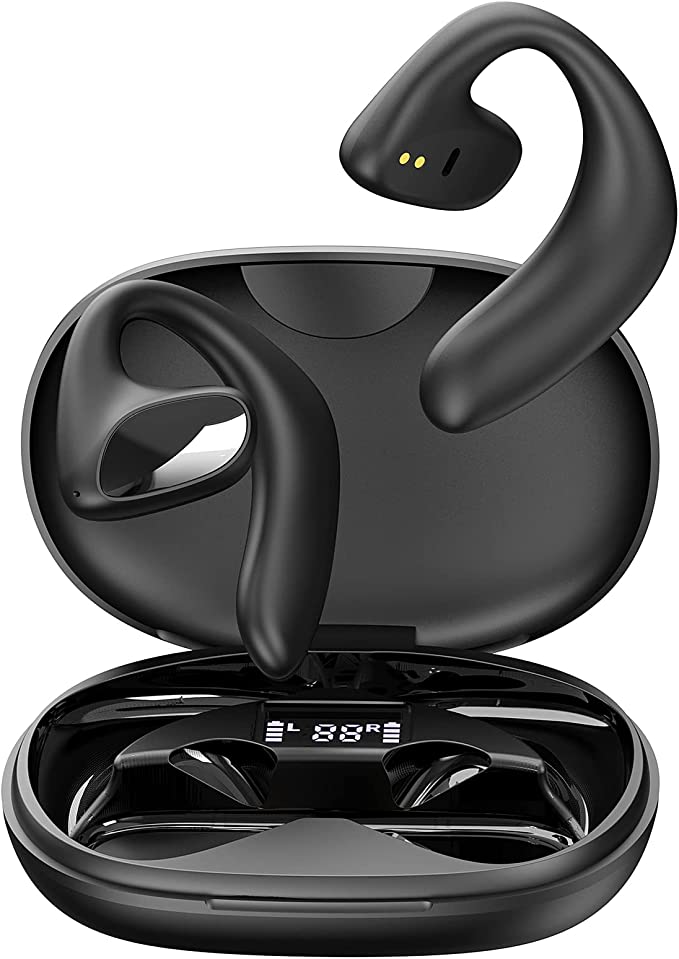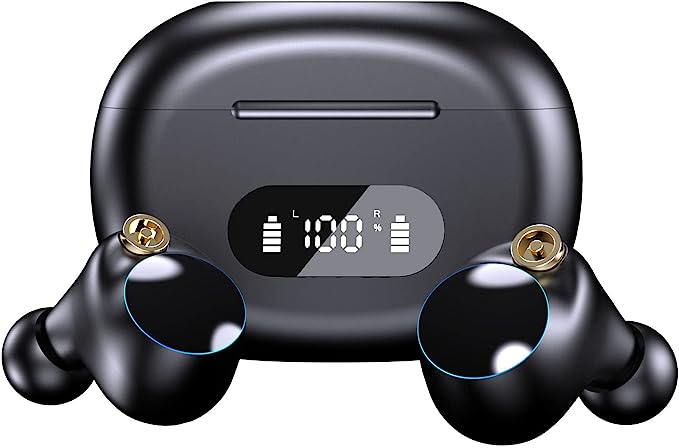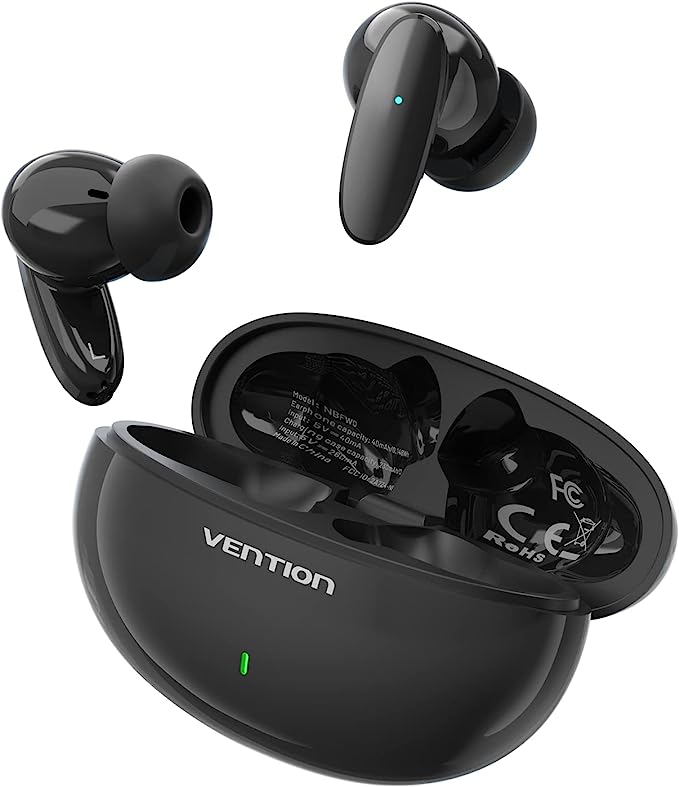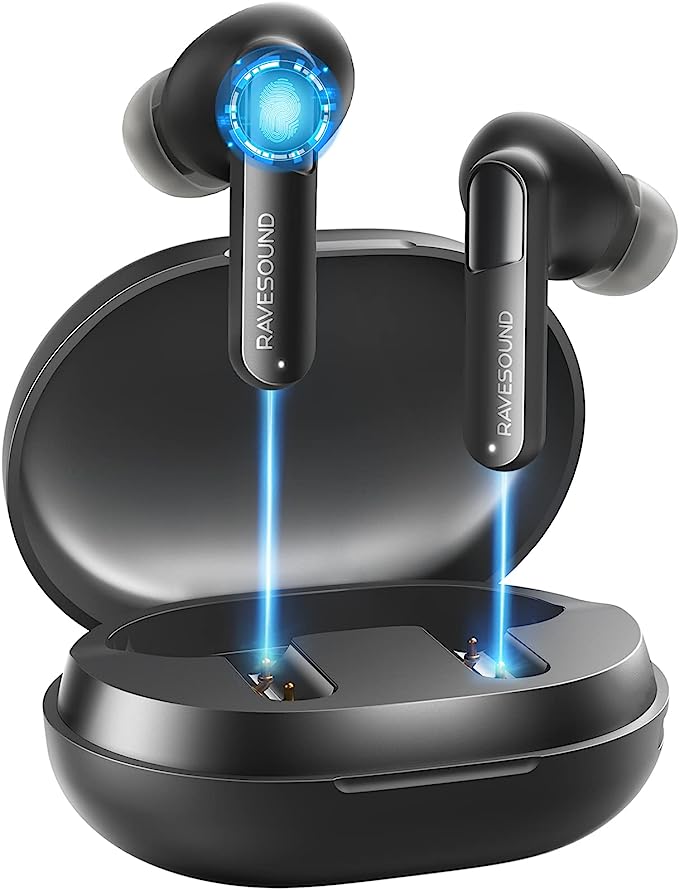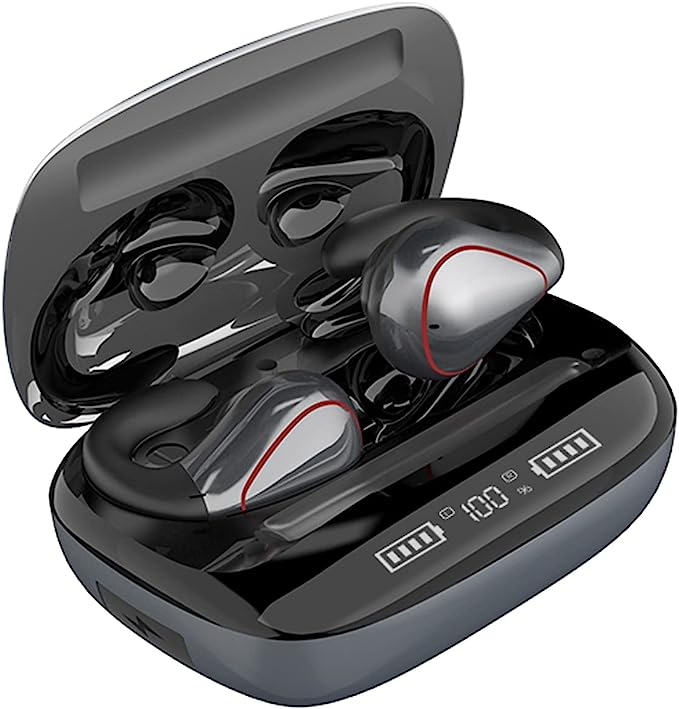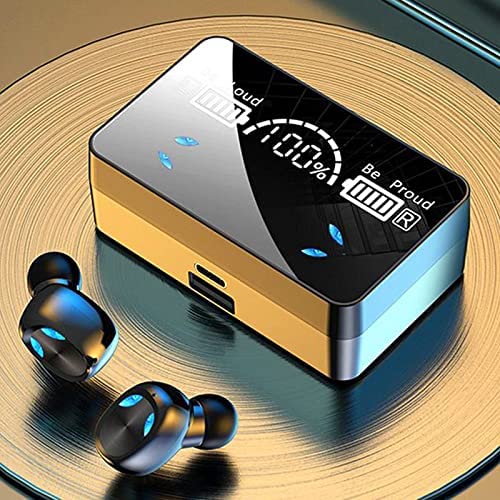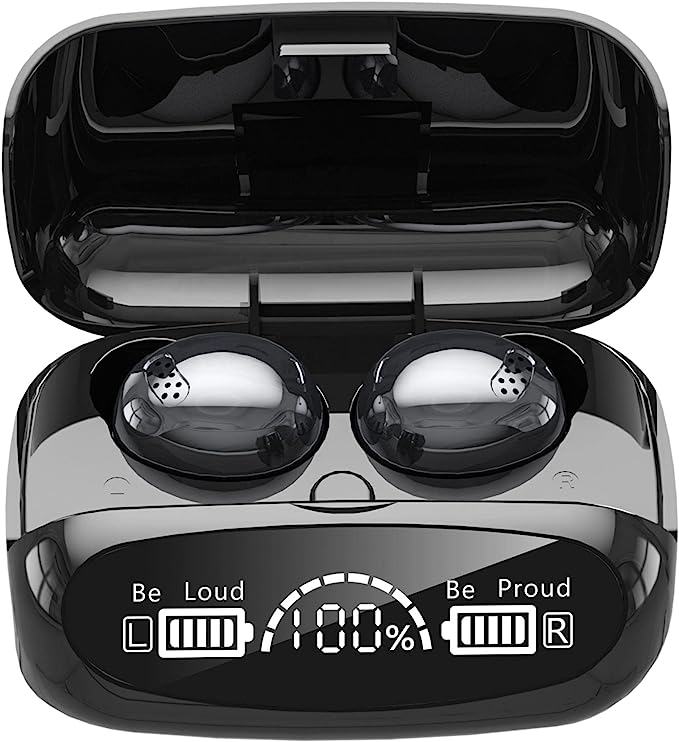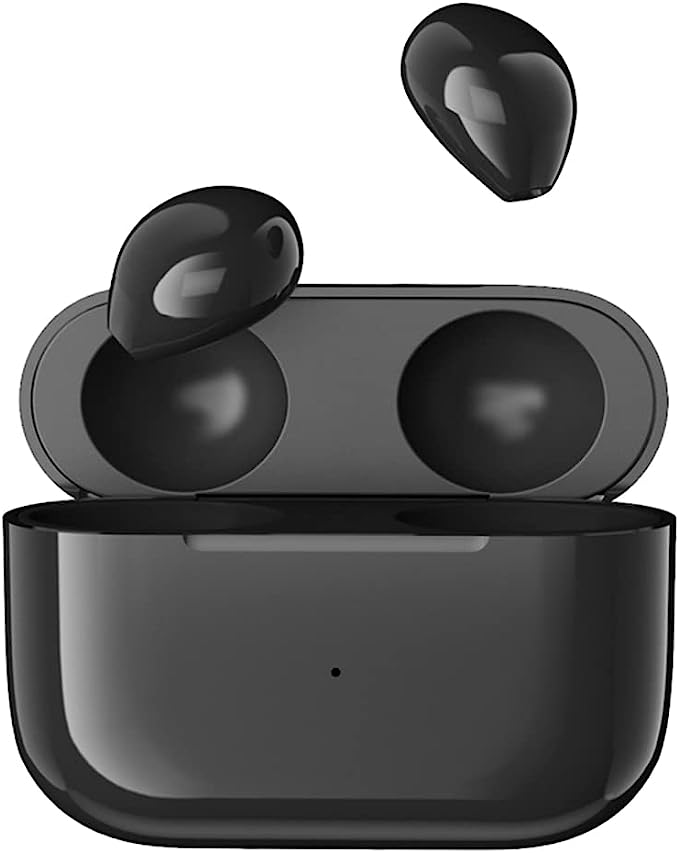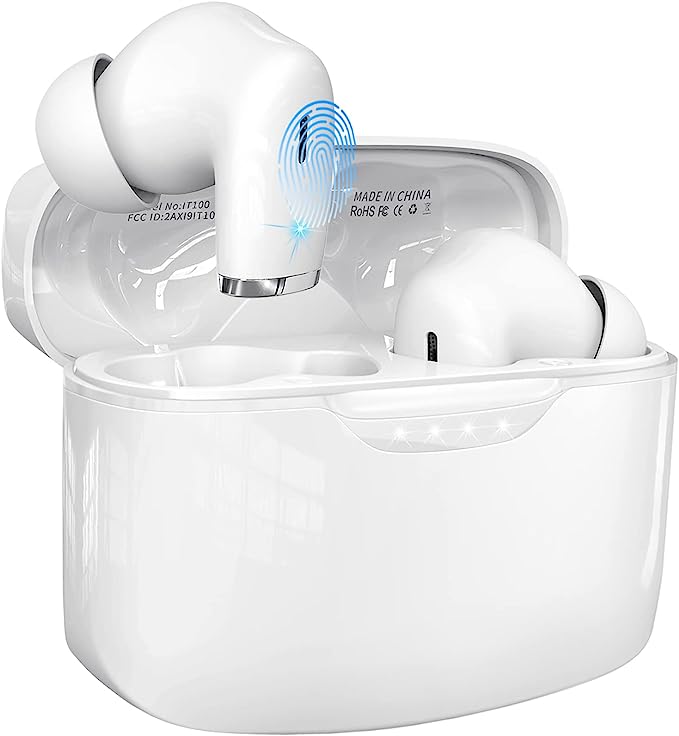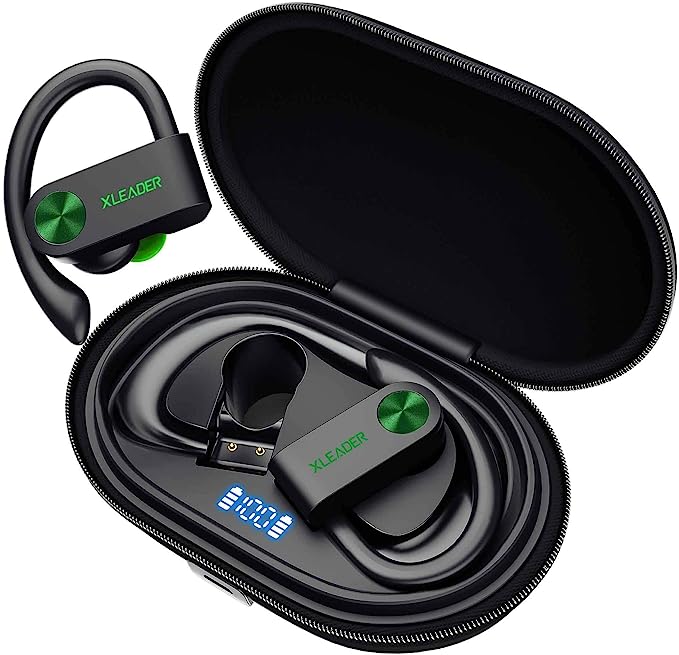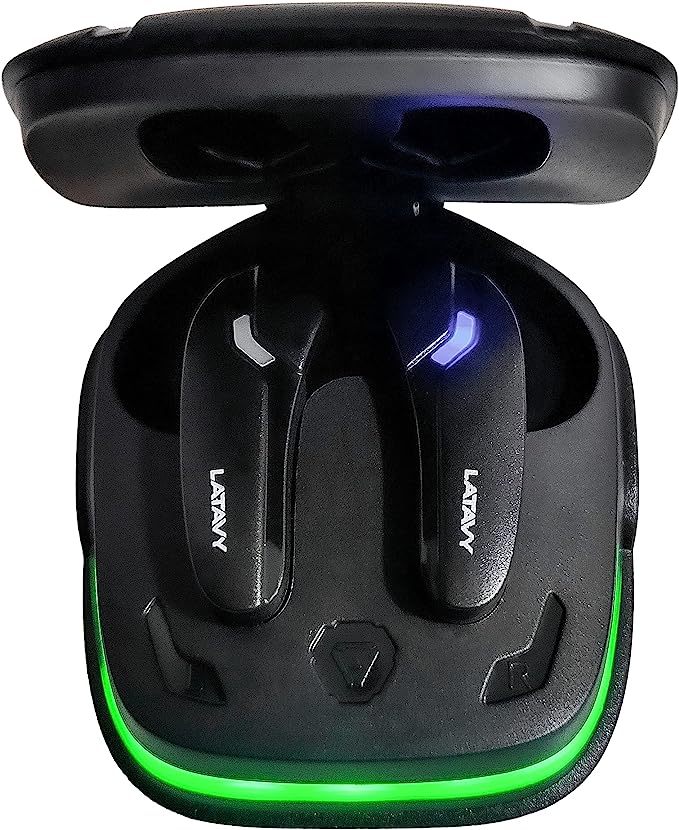Aestheticism Bluetooth Earbuds: Stylish Sound on a Budget
Update on June 30, 2025, 11:15 a.m.
In the sprawling, digital bazaar of the internet, we are all treasure hunters. We sift through endless listings, searching for that perfect find: the brilliant gadget at a bargain price. Today, our investigation begins with a curious artifact—a pair of earbuds named, with a flourish of irony, Aestheticism.
The product page is our crime scene. The first clue? The name itself. “Aestheticism” was a 19th-century art movement championing “art for art’s sake,” often prioritizing beauty over deeper moral or social function. An interesting choice for a piece of technology. The second clue is more overt: a chaotic block of text describing the product in a half-dozen languages, a tell-tale sign of a generic, mass-produced item given a fleeting identity. So, what have we found? A hidden masterpiece or a clever forgery? Let’s put on our detective hats. The game is afoot.

The Bluetooth 5.0 Alibi
Every suspect has an alibi, and the Aestheticism’s is a strong one: Bluetooth 5.0. This is presented as a badge of modern connectivity. And in theory, it is. The Bluetooth 5.0 standard is a remarkable piece of engineering, designed to offer faster speeds, longer range, and better power efficiency than its predecessors.
But here’s a critical distinction for any shopper-detective: a standard is not a guarantee of quality. Think of it like a driver’s license. It proves you’ve passed a basic test, but it doesn’t mean you can handle a high-speed chase. The actual performance of a Bluetooth device depends on the quality of its internal components—the chipset, the antenna placement, the software firmware. It’s the difference between a finely tuned getaway car and a sputtering clunker.
Now, let’s call our first witness. Enter ElizaBeth B., a verified purchaser who gives the case a crucial turn. “Can’t connect both to my phone!” she reports. Another user, Chrystal, is more blunt: “Only 1 piece works.” This is the sound of an alibi crumbling. The inability for both earbuds to sync and maintain a stable connection is a classic symptom of poor implementation. Despite the shiny Bluetooth 5.0 badge, the getaway car appears to have a flat tire.

The Riddle of the Silent Treatment
Next, we examine a special feature touted to lure us in: Noise Cancellation. The term conjures a magical cone of silence, a personal bubble where the world’s cacophony fades away. This feat is achieved through Active Noise Cancellation (ANC), a brilliant technology that uses microphones to capture ambient sound and then generates an opposite sound wave to erase it. It’s an electronic counter-attack on noise.
However, there’s a simpler, older method: Passive Noise Isolation. This involves no electronics at all. It’s the simple act of plugging your ears. A well-fitting in-ear headphone creates a physical seal, blocking some sound from entering your ear canal. It’s the difference between a sophisticated anti-noise force field and a simple brick wall.
Given the Aestheticism’s price point and the absence of the word “Active,” we can deduce with near certainty that we are looking at a classic case of terminological misdirection. You are not buying an electronic silencer; you are buying a pair of decent earplugs that also happen to play music. It’s not useless, but it’s not the magic it purports to be.

The Smoking Gun: The Quality Control Lottery
Every investigation needs a smoking gun, and in the world of online shopping, it’s often found in the user ratings. At first glance, the 3.3-star average seems mediocre. But the detective looks deeper, at the distribution. Here, we find our bombshell: 43% of ratings are a perfect 5 stars, while a staggering 29% are the lowest possible 1 star.
This is not the signature of a consistently good or bad product. This is the signature of The Quality Control Lottery.
In high-volume, low-cost manufacturing, consistency is the first casualty. A certain percentage of products will inevitably come off the line with defects. When you buy a product with such polarized reviews, you aren’t buying a guaranteed experience. You are buying a lottery ticket. The 5-star reviewers (“Great quality for price,” says Amy) are the lucky winners who received a functional unit. The 1-star reviewers are those who pulled a losing ticket right out of the box. The 3-star review from ElizaBeth—whose one working earbud was “very clear and comfortable”—shows what’s possible when the lottery pays out, but only halfway.
The Final Revelation: A Case Closed
Let’s assemble the evidence. We have a suspect with a borrowed name, “Aestheticism,” and an identity crisis revealed by its multi-lingual description. It has a shaky Bluetooth alibi, contradicted by eyewitness accounts. It makes misleading claims about “Noise Cancellation.” And its most defining characteristic is the gamble of its quality control.
The case is clear. These earbuds are a textbook white-label product, likely available under dozens of different names across the internet. The focus is on the surface—the “aesthetic”—while the core functionality and reliability are left to chance. Its story is a valuable lesson, a perfect microcosm of the modern digital marketplace.
This isn’t about shaming a single product. It’s about empowering you, the shopper. The goal was never to solve just this one case, but to equip you for the countless others you’ll encounter. To that end, here is your official Shopper’s Detective Toolkit.
- 1. Interrogate the Identity: Look at the product name and branding. Is it thoughtful or a random, appealing word? Read the full description. Does it look professional or like a hasty copy-paste job?
- 2. Translate the Marketing Jargon: Assume “Noise Cancellation” means “plugs your ears” unless it explicitly says “Active (ANC).” Treat “Waterproof” with suspicion unless you see a certified IP rating (like IPX4 for sweat resistance).
- 3. Hunt for What’s Missing: Reputable brands boast about specifics: battery life in hours, driver size in millimeters, supported audio codecs (like AAC or aptX). Silence on these details is itself a clue.
- 4. Cross-Examine the Reviews: Ignore the 5-star raves and the 1-star rants. The real story is in the detailed 2, 3, and 4-star reviews, where users explain exactly what went right and what went wrong.
- 5. Beware the QC Lottery: If you see a review profile heavily weighted at the extremes (many 5s and 1s, few in the middle), know that you are stepping into a game of chance.
In the end, perhaps the truest aestheticism in technology lies not in a sleek shell, but in the elegant, reliable execution of its purpose. Becoming a discerning consumer—one who can see past the surface and appreciate true quality—is, in its own way, a beautiful art. Case closed.
